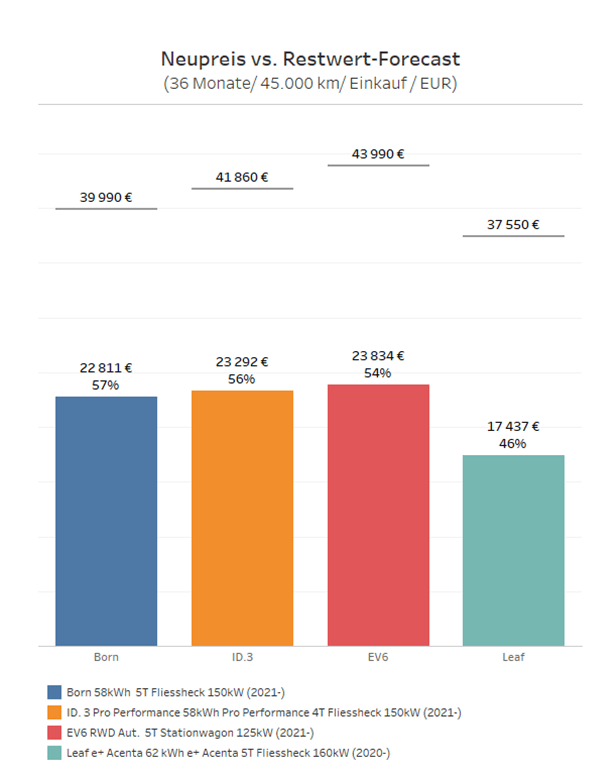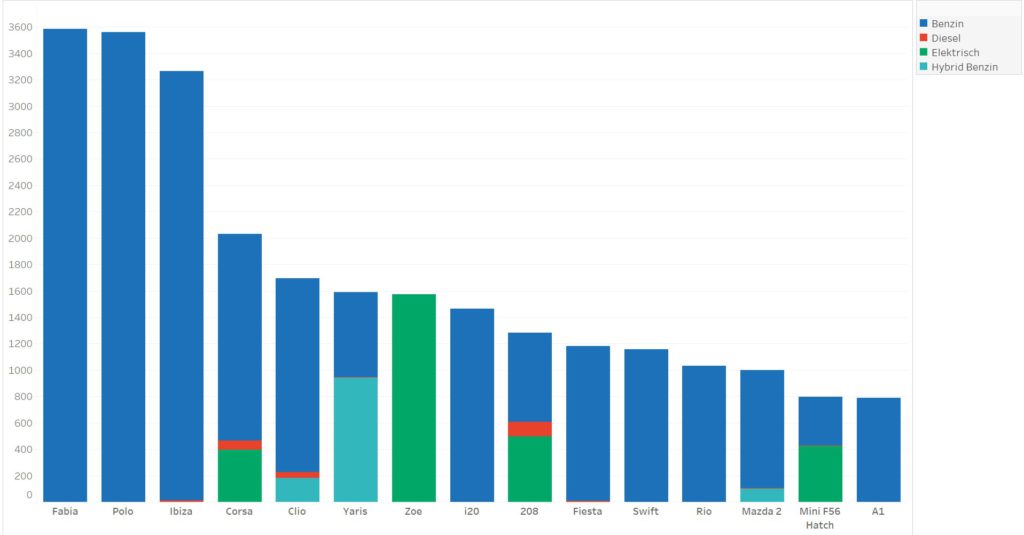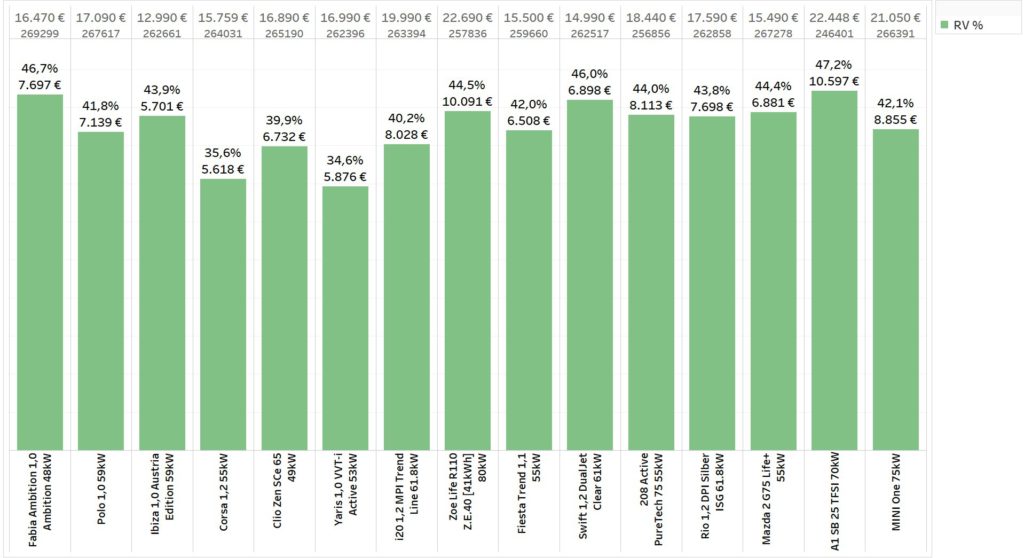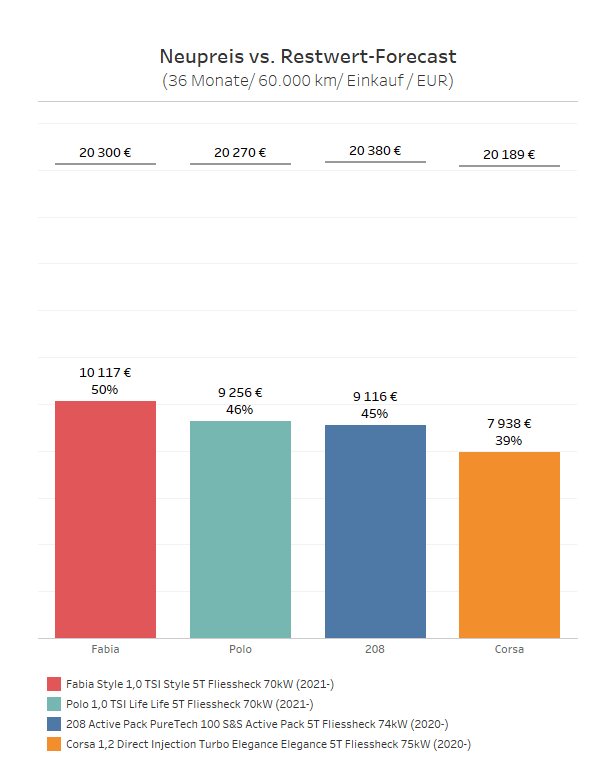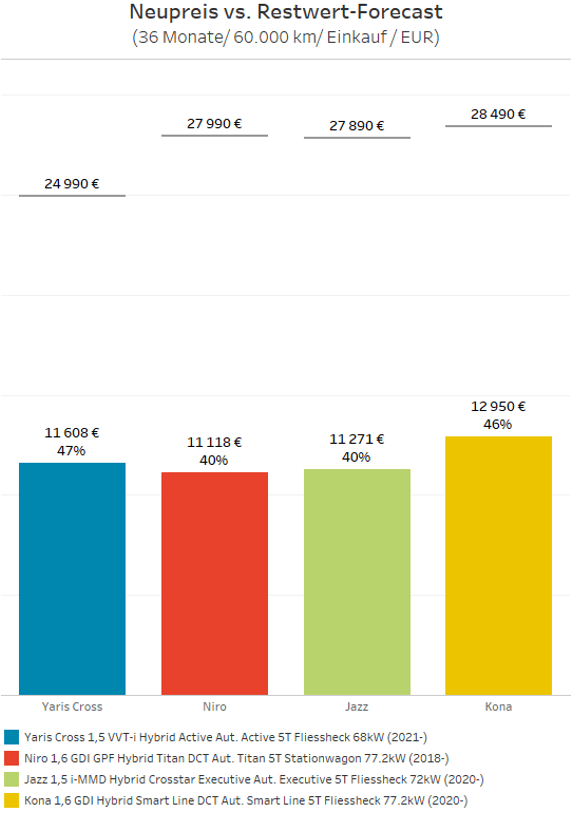
ALD Automotive, Leasingtochter der französischen Bank Société Générale (SocGen) plant, ihren niederländischen Mitbewerber LeasePlan zu übernehmen. Die Kaufsumme liegt bei rund 4,9 Milliarden Euro. Durch die Transaktion entsteht Europas größte Leasinggruppe, die unter dem Namen NewALD firmieren soll.
Nach dem Zusammenschluss würde das neue Unternehmen, mit Sitz in Frankreich, Europas größte elektrifizierte Flotte verwalten. Die beteiligten Firmen rechnen mit dem Abschluss der Transaktion bis Jahresende und SocGen wird dann 53% der Unternehmensanteile von NewALD halten.
Die Flottengröße von NewALD wird bei insgesamt rund 3,5 Millionen Fahrzeugen liegen. ALD verwaltet derzeit rund 1,7 Millionen Verträge, während die Flotte von LeasePlan 1,8 Millionen Fahrzeuge in mehr als 29 Ländern umfasst. Von der Übernahme versprechen sich die beiden Firmen die Entstehung eines neuen „Global Players“ im Mobilitätssektor. Sie hoffen, von den aktuellen Trends und Entwicklungen der Branche zu profitieren. Dazu gehört die angestrebte Nullemission auf dem Automobilmarkt ebenso wie eine Orientierung hin zu neuen Mobilitätsformen.
Neues Kapitel
„Mit dem ersten Schritt in Richtung der Gründung von NewALD schlagen wir heute ein neues Kapitel in unserer Firmengeschichte auf“, so der Kommentar von ALD CEO Tim Albertsen. Weiter führt Albertsen aus, dass durch den Zusammenschluss die zahlreichen Stärken von ALD und LeasePlan vereint genutzt werden könnten, um Veränderungen in der Branche zu bewirken. Der vergrößerte Kundenstamm könne sich auf das Leistungsversprechen des Anbieters verlassen. Die Verbindung eröffne zahlreiche Möglichkeiten, die Management-Teams und Vorzüge beider Firmen standortunabhängig zu vereinen. Der Fokus auf Nachhaltigkeit mit der Zielvorgabe emissionsfreie Mobilität könne so weiter untermauert werden.
Einer der früheren Hauptanteilseigner von LeasePlan war die Volkswagen (VW) Gruppe. Der deutsche Autobauer hat seine 50% Anteile des Unternehmens im Rahmen kosteneinsparender Maßnahmen im Jahr 2016 verkauft. Seit diesem Zeitpunkt war LeasePlan im Besitz einer Investorengruppe, zu der auch TDR Capital gehörte.
Mit der geplanten Übernahme setzt SocGen ganz auf den Elektromobilitätsboom. Im Hinblick auf die Verkehrswende und die steigende Zahl an E-Autos, ist damit zu rechnen, dass sich mehr und mehr Privatkunden und Unternehmen für flexible Modelle wie Vermietungen oder Leasing entscheiden. Sie möchten dadurch die Möglichkeit zu nutzen, verschiedene Fahrzeugarten auszuprobieren, darunter eben auch elektrifizierte.
Mit einem ausgebauten Serviceangebot will NewALD auf die Ansprüche des Marktes und die Erwartungen der Kunden reagieren. Die Entwicklung neuer Mobilitätskonzepte und der Ausbau digitaler Geschäftsmodelle stehen im Mittelpunkt der Investitionen. Die Firma möchte sich auf nachhaltige Mobilität konzentrieren. Sie plant, den Wandel zur Elektrifizierung zu unterstützen, indem sie entsprechende globale Partnerschaften entwickelt und auf den Weg bringt.
Synergieeffekt
Laut Tex Gunning, CEO von LeasePlan, könnte das neue Unternehmen für die Automobilindustrie bei Themen wie der Entwicklung vom Eigentümer- hin zu einem Abo-Modell oder auch klimaneutraler Mobilität eine Vorreiterrolle übernehmen. NewALD würde eine der größten E-Auto-Flotten betreiben und auch weiterhin die Maßstäbe für ESG (Environment, Social and Governance) in der Mobilitätsbranche setzen.
Der Abschluss macht deutlich, wie europäische Banken ihre Aktivitäten streuen, um von lukrativen Geschäftsmöglichkeiten zu profitieren. Für SocGen ist das Leasing-Geschäft besonders attraktiv, da die französische Bank plant, genau dieses Segment neben dem Privatkunden- und Anlagengeschäft zu einer der Hauptstützen ihrer geschäftlichen Aktivitäten zu machen. Im Rahmen der Transaktion rechnet die Bank mit einem jährlichen Profit von bis zu 380 Millionen Euro (vor Steuern). SocGen hat weiterhin mitgeteilt, dass ihre Rolle als Hauptanteilseigner von NewALD langfristig angelegt ist.
Auch andere Banken zeigen wachsendes Interesse am Leasingbereich. Im letzten Monat gab Stellantis bekannt, sich in Bezug auf die Reorganisation der Leasing- und Finanzgeschäfte des Autoherstellers in Europa in exklusiven Gesprächen mit BNP Paribas, Crédit Agricole und Santander zu befinden. Der Deal muss noch von den entsprechenden Behörden genehmigt werden.
Dieser Inhalt wird Ihnen präsentiert von Autovista24.


 Schließen
Schließen
